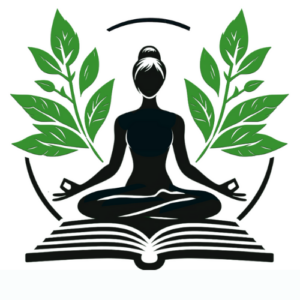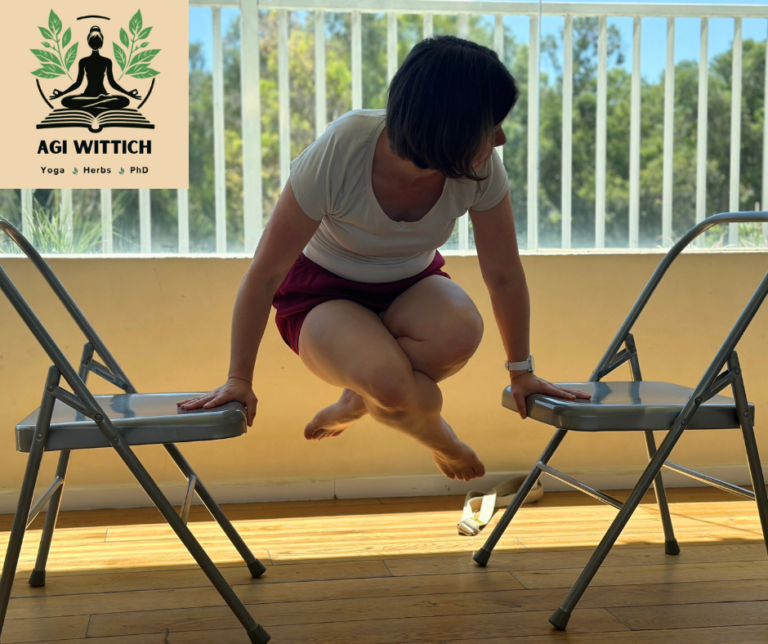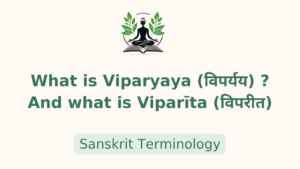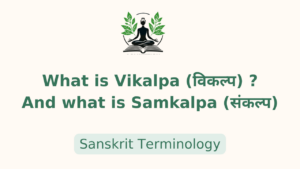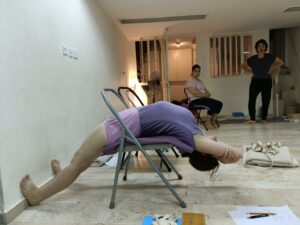In a world where uncertainty and loss of control have become increasingly common experiences, the practice of Iyengar yoga offers a powerful framework for reclaiming personal agency and autonomy. Through its unique approach to individualized practice, this tradition provides practitioners with tools to rebuild self-confidence and regain a sense of control over their experience.
At its core, Iyengar yoga maintains a delicate balance between structure and flexibility. While the tradition is renowned for its precise alignment principles and systematic approach, it simultaneously embraces the understanding that each practitioner’s journey is unique. This duality creates a safe container where personal choice can flourish within clear boundaries.
The emphasis on individual adaptation isn’t just an afterthought – it’s a fundamental principle that shapes how classes are taught and how practitioners engage with their practice. This approach becomes particularly significant in trauma-sensitive sessions, where the restoration of personal agency plays a crucial role in the healing process.
The Art of Modification: Creating Space for Choice
One of the most powerful expressions of autonomy in Iyengar yoga comes through the sophisticated use of modifications and props. These adaptations aren’t simply about making poses “easier” – they’re about creating opportunities for practitioners to make informed choices about their practice. Each modification represents a chance to tune into one’s body and make decisions based on present-moment awareness.
For example, when working with a forward bend, practitioners might encounter various options: – Different heights of blocks for hand support – Wall support for balance – Chair support for deeper release – Bolster support for comfort Each option carries its own benefits and challenges, allowing practitioners to choose based on their current needs and capabilities.
The Psychology of Choice in Practice
The ability to make choices in yoga practice has profound psychological implications. When practitioners are given the opportunity to select their level of engagement, they begin to rebuild trust in their own judgment and bodily wisdom. This process is particularly significant for those working with trauma, where the ability to make choices about one’s own body may have been compromised.
Choice in practice might manifest as: – Selecting the appropriate prop height – Deciding when to come out of a pose – Choosing to take rest between poses – Opting for alternative poses – Asking questions or requesting clarification>
While Iyengar yoga is known for its emphasis on precise alignment, this precision actually creates more space for individual exploration, not less. The detailed understanding of anatomy and biomechanics allows teachers to offer specific, targeted modifications that honor both the essence of the pose and the needs of the practitioner.
This precision provides a framework within which creativity can flourish. Teachers draw upon their knowledge to craft modifications that maintain the therapeutic benefits of poses while making them accessible to each individual’s unique circumstances.
Building Self-Awareness Through Choice
Every time a practitioner makes a choice in their practice, they engage in a process of self-inquiry: – What does my body need in this moment? – How much challenge feels appropriate today? – What level of support will help me feel both safe and engaged? – How can I honor both my limitations and my potential? This ongoing dialogue with oneself builds a deeper sense of self-awareness and trust in one’s inner wisdom.
In the Iyengar tradition, teachers serve as guides who create conditions for autonomous exploration. While they provide clear instruction and maintain high standards of practice, they also understand that the “right” way to practice is the way that respects each individual’s current state of being.
Teachers support autonomy by: – Offering clear options for modification – Explaining the benefits of different approaches – Encouraging self-reflection – Respecting individual choices – Creating space for questions and dialogue
From Mat to Daily Life: Extending the Benefits
The experience of making choices on the yoga mat can have profound implications for life beyond practice. As practitioners become more comfortable exercising autonomy in their yoga practice, this confidence often extends into other areas of their lives. The skills of self-awareness, decision-making, and boundary-setting become valuable tools for navigating daily challenges.
The integration of choice and autonomy in Iyengar yoga creates a powerful environment for personal growth and healing. Through thoughtful modification, clear communication, and respect for individual needs, this practice offers a path to reconnecting with one’s sense of agency and self-trust. In a world where many feel increasingly disconnected from their power to choose, this aspect of yoga practice becomes ever more vital.
Your practice is your own. The choices you make on your mat are valid expressions of your current needs and awareness. Trust in your ability to make decisions that serve your well-being, and allow your practice to evolve as you do.
